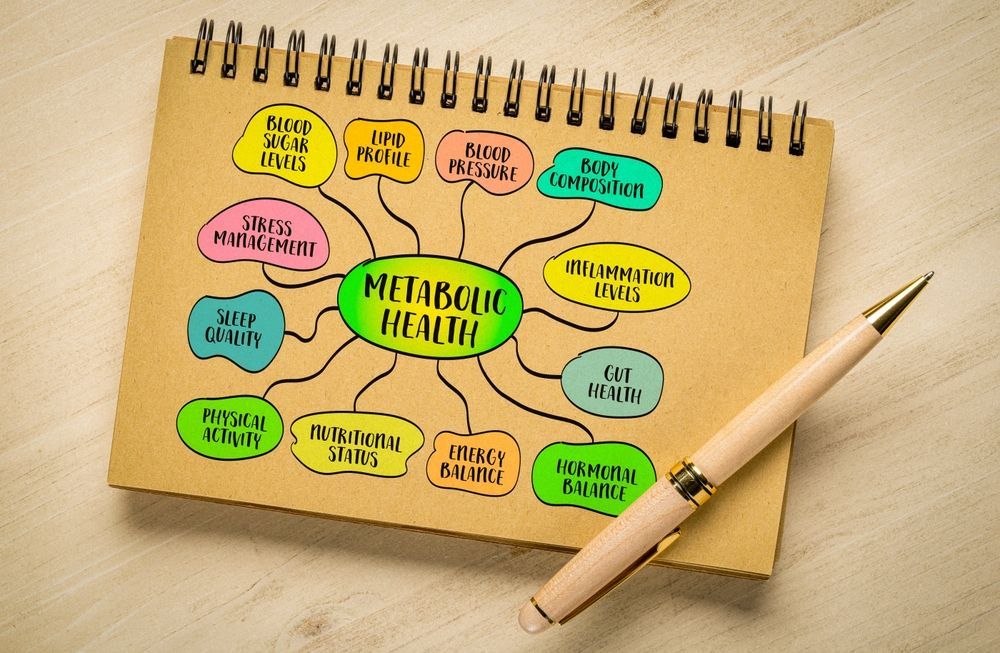IV Therapy with Vitamin C for Post-Workout Recovery

IV Therapy with Vitamin C for Post-Workout Recovery is becoming increasingly popular among athletes and fitness enthusiasts. This method of recovery offers a range of benefits that can assist in achieving optimal performance. In this article, we will delve into the various aspects of IV therapy, the crucial role of Vitamin C in physical health, and how such therapies can enhance recovery after strenuous exercise.
Understanding the Basics of IV Therapy
What is IV Therapy?
IV therapy, or intravenous therapy, is a medical technique that delivers fluids, medication, and nutrients directly into a person's bloodstream. This method bypasses the digestive system, enabling faster absorption and utilization by the body. IV therapy is often used for hydration, medication administration, and nutrient replenishment.
The process involves inserting a thin tube (catheter) into a vein, usually in the arm or hand, allowing the solution to flow into the bloodstream. This method is particularly beneficial for individuals who require quick and efficient nutrient delivery, such as post-workout recovery. Additionally, IV therapy is commonly employed in clinical settings for patients dealing with severe dehydration, those undergoing surgery, or individuals with chronic illnesses that impair nutrient absorption. The versatility of IV therapy makes it an invaluable tool in both emergency and routine medical care.
How Does IV Therapy Work?
IV therapy works by utilizing a mixture of saline solution, vitamins, minerals, and other nutrients tailored to an individual's needs. Once infused, these nutrients enter the bloodstream and can immediately start working at the cellular level, providing rapid replenishment of essential vitamins and fluids.
The speed of delivery is a significant advantage, especially when compared to oral supplements that must be digested and absorbed, which can take longer to produce noticeable effects. Furthermore, IV therapy can be customized to address specific health concerns; for instance, athletes may benefit from formulations rich in electrolytes and amino acids to enhance recovery, while individuals suffering from migraines may receive a blend of hydration and pain-relief medications. This personalized approach not only optimizes health outcomes but also enhances the overall patient experience, making IV therapy a popular choice in wellness clinics and spas as well.
The Role of Vitamin C in the Body
The Importance of Vitamin C
Vitamin C, also known as ascorbic acid, is a vital nutrient that plays numerous roles in maintaining good health. It is a powerful antioxidant that helps protect cells from damage caused by free radicals—unstable molecules that can harm cellular structures.
Moreover, Vitamin C is critical for collagen production, which is essential for maintaining healthy skin, blood vessels, and connective tissues. Additionally, it supports the immune system, helping the body ward off infections and recover more quickly from illnesses.
How Vitamin C Supports Physical Health
In the context of physical activity, Vitamin C helps reduce oxidative stress induced by intense exercise. Oxidative stress occurs when there is an imbalance between free radicals and antioxidants in the body. When you exercise, your body produces more free radicals, which can lead to fatigue and prolonged recovery times.
By supplementing with Vitamin C, either through diet or IV therapy, athletes can enhance their recovery by mitigating oxidative damage. This nutrient also aids in the absorption of iron, which is crucial for energy production during physical activities.
The Connection Between Exercise and Oxidative Stress
The Impact of Exercise on the Body
Regular exercise has numerous health benefits, from improving cardiovascular health to boosting mood and mental clarity. However, engaging in intense workouts can lead to increased oxidative stress in the body, which may contribute to muscle soreness and fatigue.
When you push your body to its limits, your muscles produce lactic acid and free radicals. While some level of oxidative stress is a normal part of exercise, excessive amounts can hinder your performance and recovery.
Oxidative Stress and Exercise: What You Need to Know
Understanding the relationship between oxidative stress and exercise is crucial for optimizing recovery protocols. The degree of stress varies based on factors like workout intensity, duration, and individual fitness levels. For instance, athletes who train excessively or without adequate recovery may experience more significant oxidative damage.
Therefore, it's essential to implement recovery strategies, such as IV therapy with Vitamin C, to combat these effects and enhance overall performance. By targeting oxidative stress, athletes can improve their ability to bounce back after workouts and prepare for future training sessions.
IV Therapy as a Post-Workout Recovery Tool
The Benefits of IV Therapy for Recovery
IV therapy is emerging as a beneficial tool for post-workout recovery due to its rapid delivery of nutrients. By providing essential vitamins and minerals directly into the bloodstream, it allows for quick replenishment of what is lost during exercise.
Some of the primary benefits include faster hydration, reduced muscle soreness, and enhanced energy levels. Additionally, athletes report feeling revitalized and more prepared for subsequent training sessions after receiving IV therapy.
How Vitamin C IV Therapy Enhances Recovery
Vitamin C IV therapy specifically addresses the oxidative stress that often accompanies intense exercise. By delivering high doses of this nutrient directly into the bloodstream, athletes can experience a more substantial reduction in oxidative damage, leading to quicker recovery times.
Moreover, this therapy supports the synthesis of collagen, which is crucial for muscle repair. Consequently, athletes may find that their muscles recover faster and feel less sore, allowing them to maintain a consistent training schedule without prolonged downtime.
The Process of Receiving IV Therapy
What to Expect During an IV Therapy Session
Receiving IV therapy typically takes place in a clinical or wellness setting. During your session, a healthcare professional will assess your needs and prepare a customized IV bag tailored to your recovery goals.
Once the mixture is prepared, the clinician will insert the catheter into a vein. The session usually lasts between 30 to 60 minutes, during which you can relax, read, or even engage in light conversation. Patients often report feeling a sense of relaxation during the infusion process.
Safety and Potential Side Effects of IV Therapy
IV therapy is generally safe when administered by qualified professionals. However, some individuals may experience mild side effects like bruising at the injection site or slight discomfort. In rare cases, allergic reactions can occur, which underscores the importance of ensuring that all ingredients in the IV bag are disclosed.
If you have pre-existing health conditions or are on certain medications, it's essential to discuss these with your healthcare provider before starting IV therapy. Overall, when conducted respectfully, IV therapy can be a valuable addition to an athlete's recovery regimen.
Get In touch

14891 North Northsight Blvd Suite 118, Scottsdale, AZ 85260

8AM-8PM (Mobile)
8AM-6PM (In-clinic)
QUICK Links
We Accept

We accept cash and all major credit cards. Our services are also HSA & FSA (Health/Flexible Savings Account) approved!
© 2016-2025 Arizona IV Medics | All rights reserved | Privacy Policy | Powered By OMG Marketing







